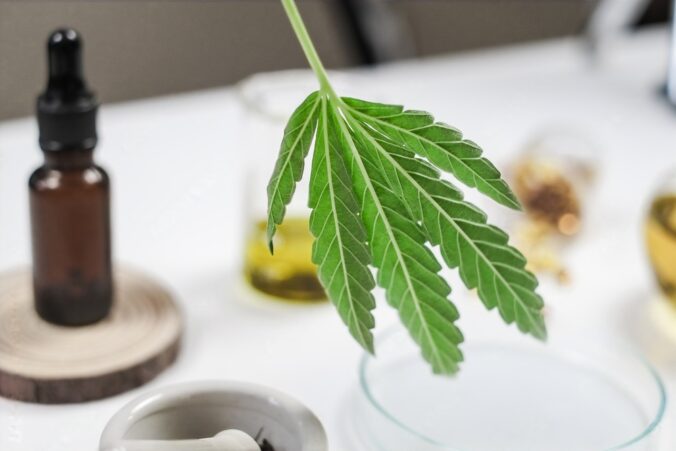Many cannabis-producing companies strive to reach a broader market outside their local areas. This is a result of the need to boost the number of sales. However, selling cannabis internationally requires a package that conforms to the culture of the region.
A great custom cannabis packaging should be able to use symbols, colors, and images to reflect culture. It should also align with the preferences and demands of the target market. As such, designing an effective package relies on proper research.
This article explores the various aspects to consider when packaging cannabis for an international market. Consequently, this will guide you in creating a package that allows your product to thrive internationally.
Aspects to Consider When Packaging Cannabis for Various Cultures and Demographics
When creating custom cannabis packaging for the international market, there are different areas to consider. Some of these areas are:
#1. Symbolism and Imagery
Using cultural symbols to design custom cannabis packaging may hold some significance. Certain symbols denote specific cultural meanings and resonate differently across various demographics. Packaging designs can include symbols related to spirituality, nature, or history. Nevertheless, it is essential to properly find out about a symbol before using it. This will eliminate cases of using a symbol that could cause outrage.
#2. Colors
Color choices in packaging design carry cultural connotations and influence consumer perceptions. Colors hold varying meanings across cultures. In Western cultures, white means purity and peace. But in some Eastern cultures, it stands for mourning. Brands must carefully understand these nuances to convey messages and avoid misunderstandings. Also, it is equally important to use meaningful and unique colors. This will ensure that a cannabis package stands out from the competition.
#3. Aesthetics
Different regions exhibit unique aesthetic preferences that shape packaging designs. For instance, minimalistic and sleek designs appeal to urban consumers. On the other hand, rural populations might favor earthy tones and natural elements. Brands can customize packaging to match the preferences of customers in different areas. Consequently, this enhances brand affinity and allows for market penetration.
#4. Language and Communication
The words on the packaging are important because different places have different languages. Incorporating multilingual information ensures accessibility. It also facilitates the idea of inclusivity for consumers across different linguistic backgrounds. Thoughtful consideration of language placement on packaging ensures ease of use. It also proves that a brand recognizes and respects the variety of languages.
#5. Cultural Taboos and Sensitivities
Cultural taboos and sensitivities play a significant role in shaping cannabis packaging designs. Some cultures might have strict norms or beliefs surrounding cannabis consumption. This influences the portrayal of products and communication through packaging. Brands need to consider how different cultures view cannabis and avoid offensive designs.
#6. Local Regulations and Compliance
Different laws and rules in each region affect how cannabis packaging looks, in addition to cultural influences. Different areas may have specific rules about how to package things. This includes warning labels or child-proof features. Brands must modify their packaging to follow the rules for a particular region.
#7. Cultural Celebrations and Festivities
Adding cultural elements to packaging can connect consumers, especially during cultural events. Limited edition packaging reflecting cultural holidays or festivities often garners attention. It also fosters a sense of celebration and inclusivity among consumers.
#8. Celebrity and Influencer Endorsements
Influencers and celebrities hold sway over consumer behavior in different cultural contexts. Collaborating with well-known local influencers or cultural celebrities can strongly impact brand success. These collaborations can involve showcasing pictures of influencers or celebrities on packages. Overall, leveraging these personalities is an effective means of improving brand appeal.
#9. Adaptability and Localization
The dynamic nature of cultural influences necessitates adaptability and localization in packaging designs. Brands must quickly adapt to different regions’ cultural changes, preferences, and trends. This will ensure that a brand stays relevant. It also helps to compete with the local cannabis producers.
Bottom Line
Cultural and regional influences significantly shape custom cannabis packaging designs. Brands that include culture in their packaging and follow regional rules connect with the intended audience. Furthermore, cannabis brands can make packaging designs that cross cultural boundaries by embracing diversity. Subsequently, this will enable them to establish a lasting impact in a global market.
